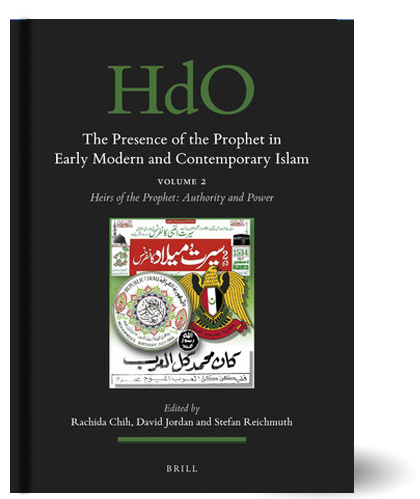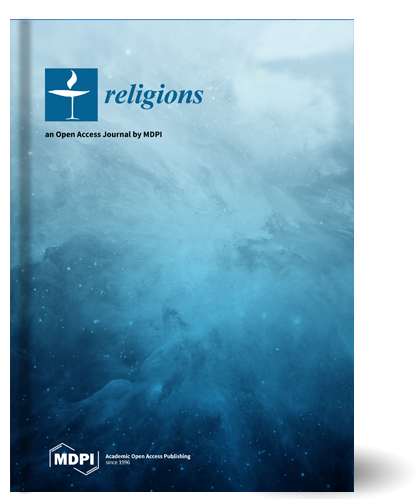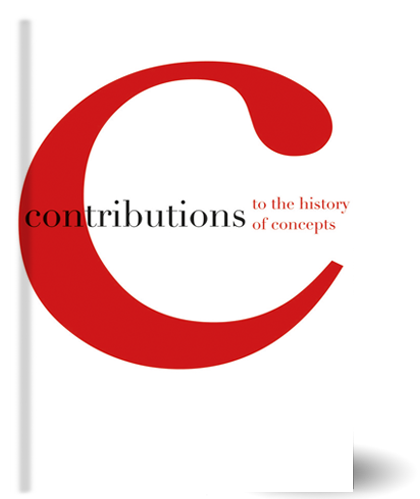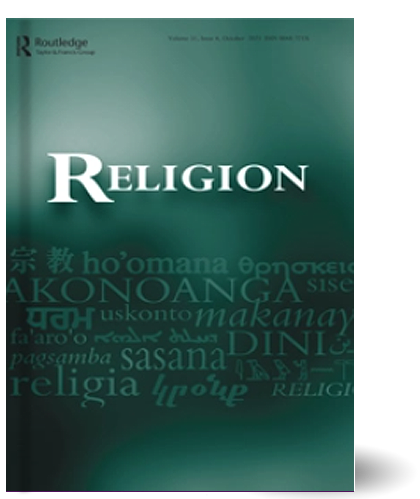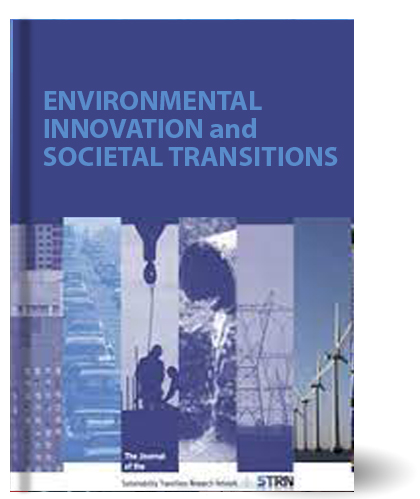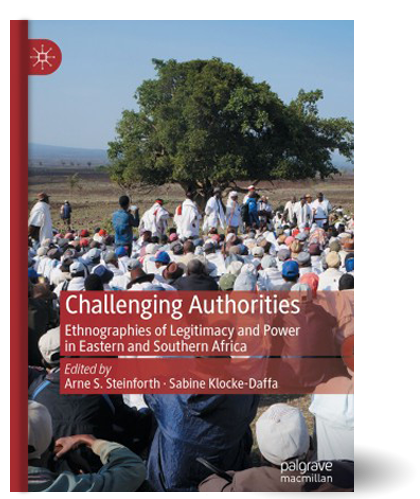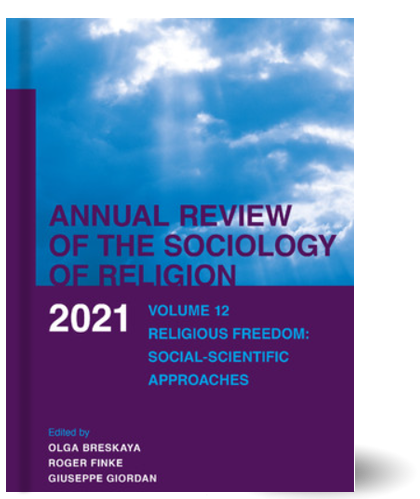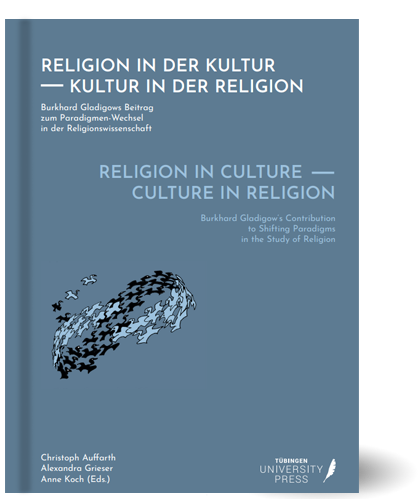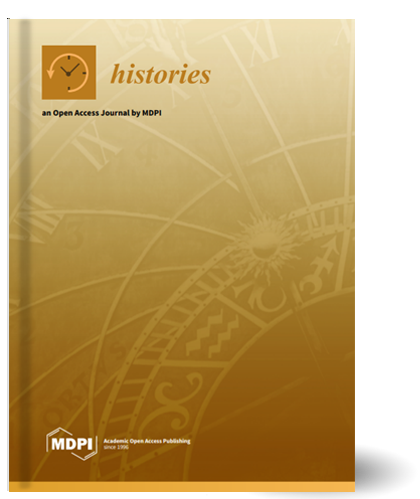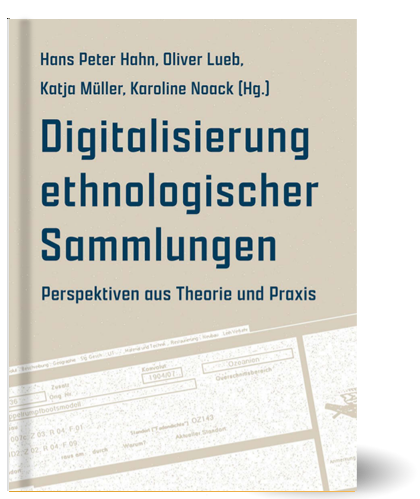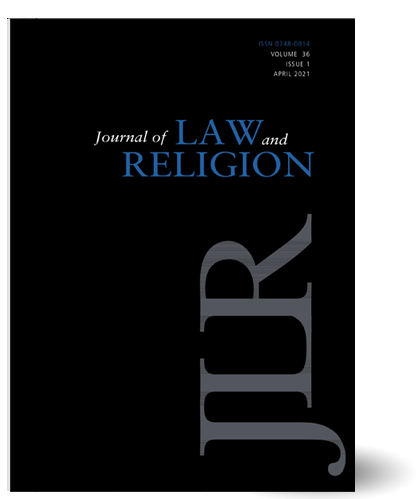
When he wrote A Secular Age, Charles Taylor discussed the trajectory of societies of the North Atlantic influenced by Western Christianity and the changes in secularity they experienced. He had conceptualized three types of secularities: Secularity I, as separation between religion and state; Secularity II, qua decline of belief and practice over time; and Secularity III, or a condition of belief, “where religious belief is one option among others, and not necessarily the easiest one.” Taylor, however, acknowledged the limitation inherent to his work as contingent on a specific cultural area. In his approach, which combines phenomenology and hermeneutics with intellectual history, he has emphasized one particular path and its variants, but he has shied away from applying to non-Western societies the categories originally devised to analyze the forms of secularity that have unfolded in the West. Yet in our “secular age,” which is also the age of globalization, it has become diffcult to avoid the question of whether the trajectory of secularity within Western Europe and North America represents a secular exceptionalism that cannot be replicated elsewhere and precludes any Gadamerian “fusion of horizons.” This has implications that go beyond religion and the definition of the “secular” as it affects human rights, freedom of conscience, international law, and, in the end, global politics.
Laliberté, André. “How Do We Measure Secularity?” Journal of Law and Religion (2021): 1–8. Published online https://doi:10.1017/jlr.2021.21 
This is a review article of the volume edited by Mirjam Künkler, John Madeley, and Shylashri Shankar A Secular Age Beyond the West. Religion, Law and the State in Asia, the Middle East and North Africa. Cambridge: Cambridge University Press, 2018.


